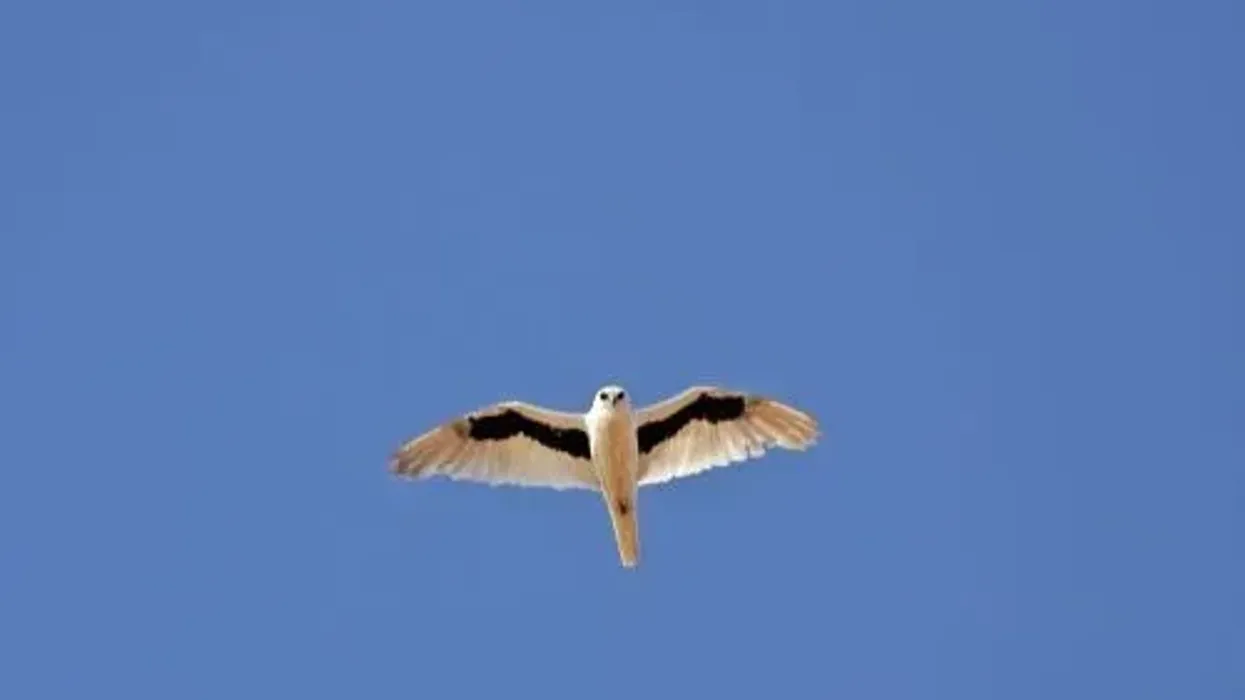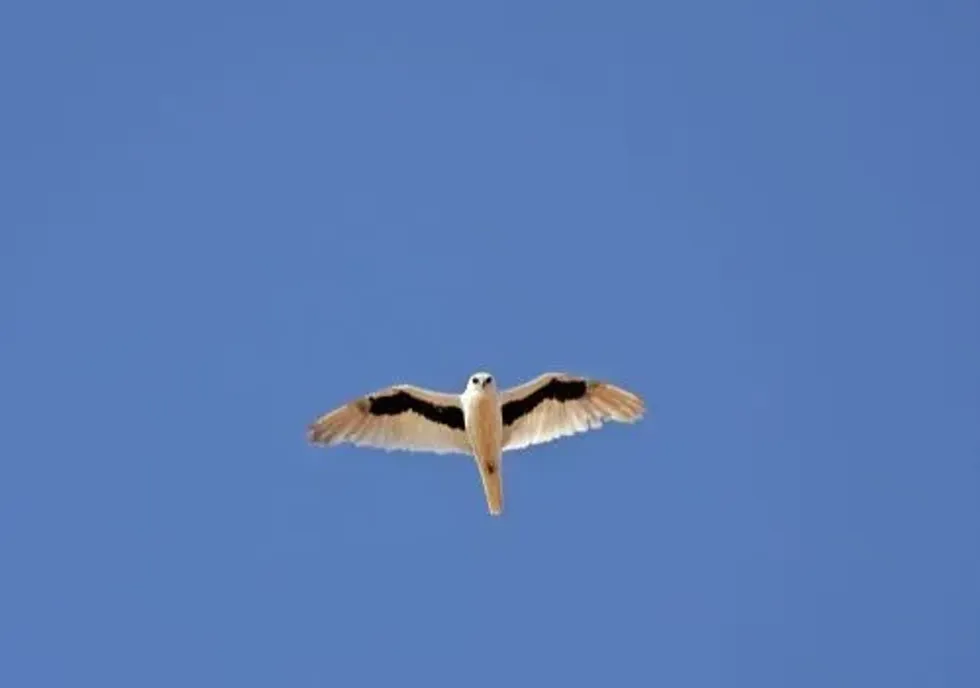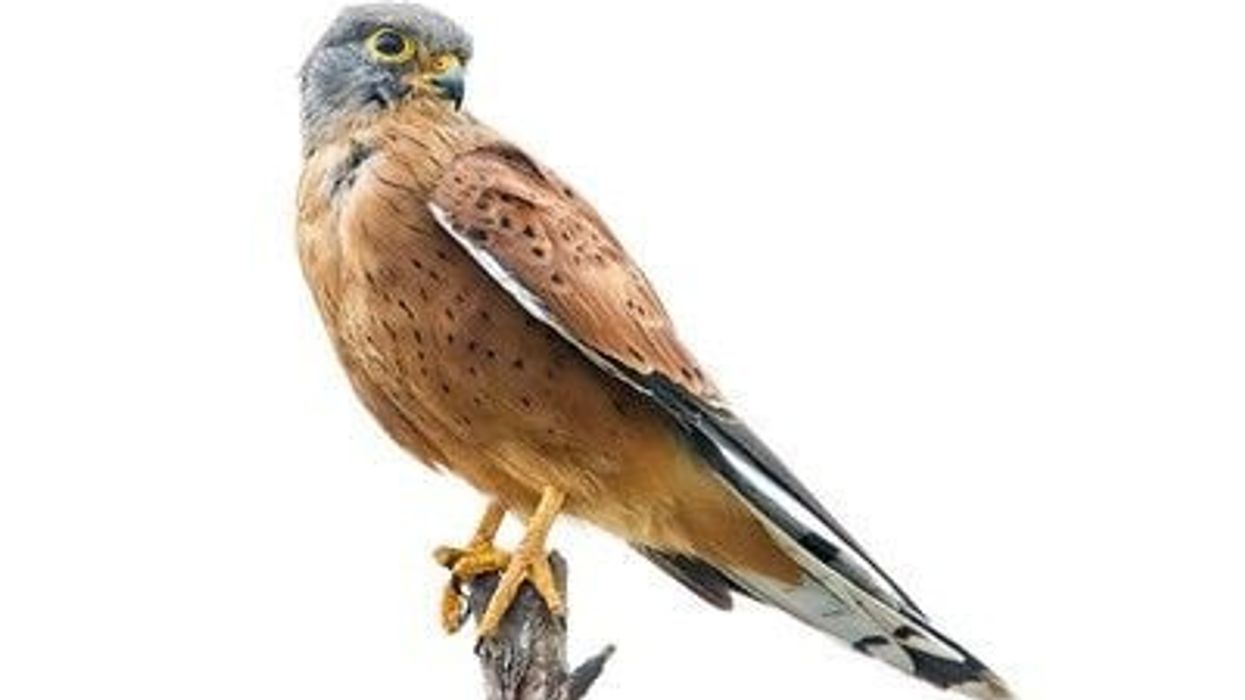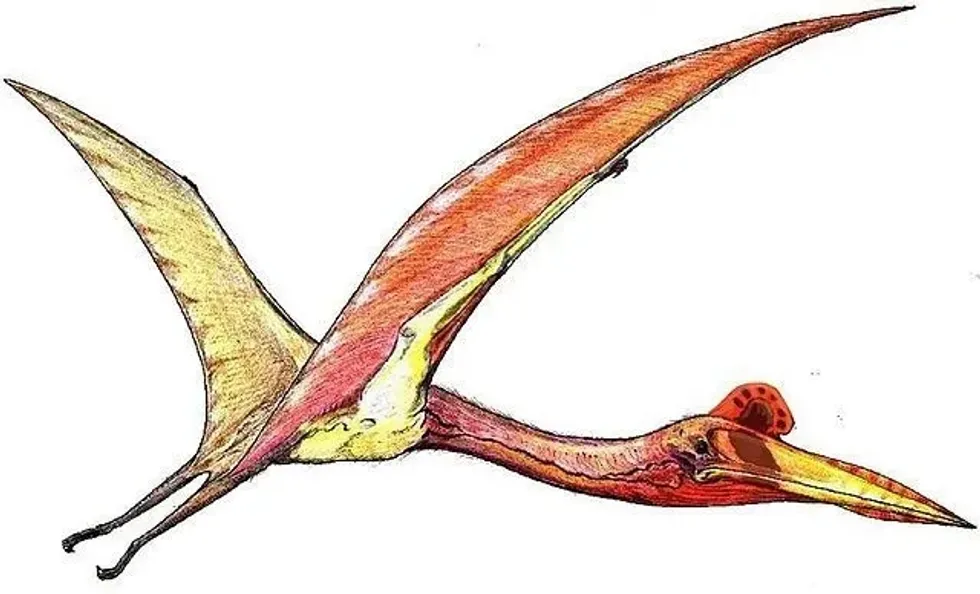The letter-winged kite (Elanus scriptus) is a small to medium-sized species of bird that is endemic to the regions of Australia. This species of bird has a white head with bright red-colored eyes that are surrounded by a black eye patch.
The most unique characteristic in their body is the 'W' mark that can be seen beneath their wings. This bird of prey generally feeds on rodents, insects, and small reptiles.
The long-haired rat(Rattus villosissimus) consists of their main diet. They communicate with each other mainly through vocalizations. Their alarm call typically sounds like 'keek keek' and has much resemblance to that of the barn owl.
They build their nests around regions with a good climate and a plentiful supply of food. Females can lay up to 3-6 eggs.
The incubation period generally lasts for 30 days. Currently, this species is listed as Near Threatened by the Internation Union for Conservation of Nature.
If you are fascinated by the letter-winged kite, then you may want to continue reading our other amazing facts about them. If you want to learn more about different animals around the world, check out these everglade snail kite and common swift fact pages.
Letter-Winged Kite Interesting Facts
What type of animal is a letter-winged kite?
The letter-winged kite (Elanus scriptus) is a species of bird that can only be found in the regions of Australia.
What class of animal does a letter-winged kite belong to?
The letter-winged kite belongs to the Aves class of animals.
How many letter-winged kites are there in the world?
The exact number of these birds of prey is not yet known. They are rather irruptive and can only be seen occasionally in regions with a significant number of rodents for them to hunt. In between their irruptions, their population count is estimated at 1000 individuals.
Where does a letter-winged kite live?
The letter-winged bird typically inhabits the shrubby and grassland regions of Australia. It prefers mostly arid to semiarid areas with water habitats nearby.
What is a letter-winged kite's habitat?
The habitat of the letter-winged kite is restricted to Australia only. It can be found in Queensland and the northern regions of South Australia.
Who do letter-winged kites live with?
This species of birds can be seen in groups while hunting or even during the season of breeding when they congregate in large numbers.
How long does a letter-winged kite live?
The exact lifespan of this species of birds is not yet known.
How do they reproduce?
There is no specific season of breeding for this species of birds. Breeding occurs on the basis of the availability of food and a good season.
During the breeding season, large numbers of individuals can be seen together consisting of 10-100 individuals. Females can lay up to three to six eggs at a time and the incubation period lasts for 30 days. After the hatching of the eggs occurs, new chicks are born.
What is their conservation status?
These birds of prey are currently listed as Near Threatened by the International Union For Conservation of Nature. They rarely come close to human beings and can be seen occasionally, in regions with a high number of rodent infestations.
Letter-Winged Kite Fun Facts
What do letter-winged kites look like?
The letter-winged kite is a small to medium-sized bird with pale grey plumage. It has large bright red-colored eyes which are surrounded by a patch of black feathers.
When in flight, a distinctive shape of 'W' can be seen beneath its wings. Therefore, they are known as letter-winged birds. Both males and females of this species have pale grey-colored plumage.

*We've been unable to source an image of a letter-winged kite and have used an image of a red kite instead. If you are able to provide us with a royalty-free image of a letter-winged kite, we would be happy to credit you. Please contact us at hello@kidadl.com.
How cute are they?
This species of birds are beautiful, because of their bright red eyes with a black patch and the unique 'W' mark under their wings. However, they do not do well around human beings and are rather shy by nature, as a Mississippi kite.
How do they communicate?
This species of bird mainly communicates with each other through various vocalizations. When alone, they can be rarely seen making sounds. However, while in groups, their sounds are known to resemble that of the barn owl. Different sounds are exhibited on different occasions. Mostly through chirps and loud kacks, they send various messages to each other.
How big is a letter-winged kite?
The letter-winged kite is short to medium in size. The size of an average adult bird of this species is 14 in (35 cm). They are smaller than a red kite.
How fast can a letter-winged kite move?
The exact speed of this bird, while in flight is not known. They have a wingspan of 33-39 in (84-100cm).
How much does a letter-winged kite weigh?
The weight of an average male of this species ranges from 9-11 oz (260-310 g). Females of this species are larger in size than the male and therefore are heavier.
What are the male and female names of the species?
There is no sex-specific name for this species of bird. The male is known as a male letter-winged kite and the female is known as a female letter-winged kite.
What would you call a baby letter-winged kite?
The baby bird is known as a chick.
What do they eat?
This species of birds feed voraciously on rodents. They are nocturnal by nature and start hunting only after dusk. A majority part of their food consists of small mammals and mice. The long-haired rat (Rattus villosissimus) is their main food and others include insects and small reptiles.
Are they dangerous?
These birds are rather shy by nature and do not do well around human beings. They are most likely to fly away when encountered by a human. Therefore, they do not pose any imminent threats to human beings in general.
Would they make a good pet?
No, this bird does not make a good pet, just like a hawk. As it is, their population is gradually decreasing. Moreover, they are very shy and do not mix well with human beings. Therefore, the best way to take care of them is by letting them tend for themselves in the wild.
Did you know...
The pale grey-colored letter-winged bird of prey, share its physical characteristics with that of the Australian black-shouldered kite. The unique mark beneath its wings helps to differentiate between the two species.
Breeding occurs primarily on the basis of the availability of food. Therefore, if there is a shortage of food in the breeding ground anytime, the female bird may even abandon her nest.
They are irruptive by nature, that is large groups of these birds can be seen in a particular region, where there has been a sudden increase in rodents, which is their primary source of food.
Are letter-winged kites endemic?
Yes, the letter-winged kite is endemic, that is they can only be found in one particular region in the whole world, Australia. Across the various regions of Australia, like Queensland, South Australia as well as New South Wales.
How did the letter-winged kite get its name?
These birds get their unique name from the W shape that is curved beneath their wings. While in flight, the W shape is clearly visible. This bird of prey has large red eyes, surrounded by a black eye patch. They have a white head and are short to medium in size.
Here at Kidadl, we have carefully created lots of interesting family-friendly animal facts for everyone to discover! For more relatable content, check out these Puerto Rican nightjar facts and Indian eagle owl facts for kids.
You can even occupy yourself at home by coloring in one of our free printable flying bird coloring pages.









